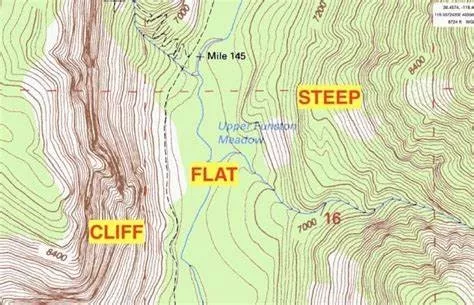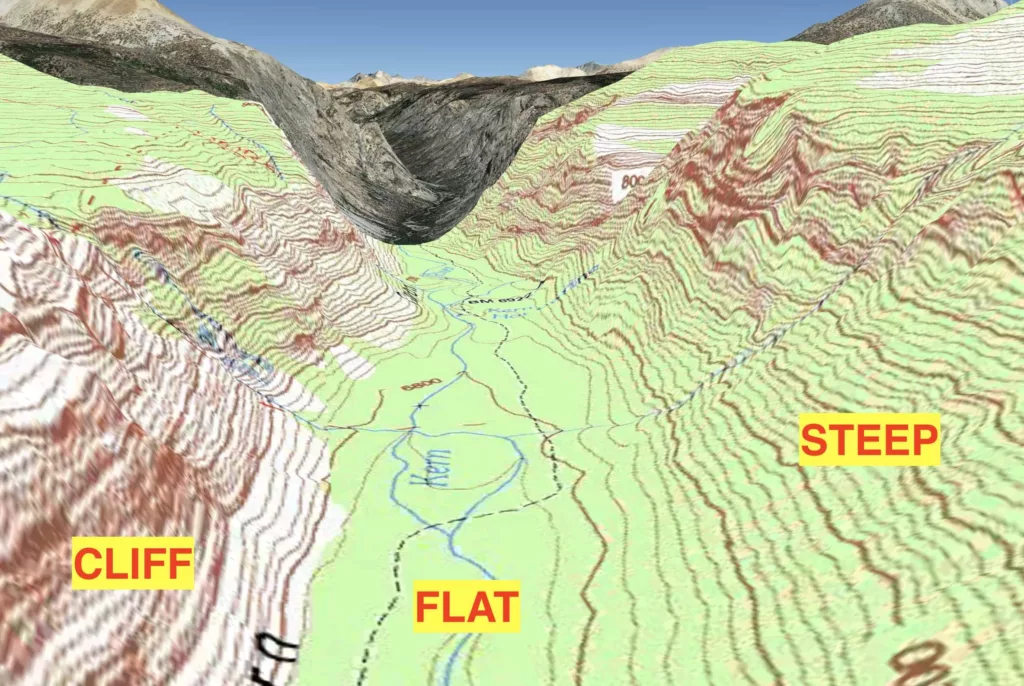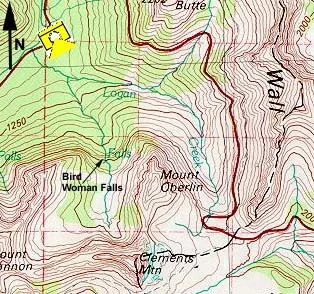In today’s digital age, many hikers rely heavily on GPS apps for navigation. However, knowing how to read a topographic (topo) map is an invaluable skill that can ensure you stay on course in any condition—be it poor weather, challenging terrain, or lack of reception. This guide will help you master the art of reading topo maps, enhancing your hiking experience and safety.
How Topo Maps Work
Topo maps provide essential information about the trail you are on, including elevation changes and terrain details. They are designed to give a detailed geographic understanding of the area, making them indispensable for hikers seeking to navigate effectively.
Parts Of a Topo Map

Contour Lines
Contour lines illustrate the terrain’s layout, including hills, slopes, elevations, and depressions. These lines connect areas of equal elevation. For instance, a mountain peak will appear as a tight group of lines with a small circle at the center. The closer the contour lines, the steeper the slope. Index contour lines are bolded and numbered, showing specific elevations. The contour interval, or the elevation difference between lines, is indicated in the map’s legend.
Grids
Grids on a topo map are parallel lines that intersect at right angles, forming a square pattern. They help in precise location identification using the universal transverse mercator (UTM) projection. Coordinates include easting (x-coordinate) and northing (y-coordinate), found along the map’s edges.
Legend
The map legend explains the symbols and colors used on the map. Depending on the map’s size, the legend can range from basic to very detailed, covering various objects and points of interest.
Colors

Topo maps use colors to differentiate landscape features:
- Brown: Contour lines
- Blue: Water bodies (streams, rivers, lakes)
- Green: Vegetation
- White with blue: Snow-covered areas
- Red: Important roads or political boundaries
- Black: Smaller roads, railroads, trails
- Purple: Recent changes not shown on older maps
Symbols
Symbols on a topo map represent both man-made features (buildings, streets, railroads) and natural landscape features (woods, caves, reefs). These symbols help hikers understand what they will encounter on their trail.
Scale
The map scale indicates the level of detail. A small-scale map (e.g., 1:78000) covers a larger area with less detail, while a large-scale map (e.g., 1:23000) shows a smaller area with more detail.
Magnetic Declination
A compass points to the magnetic pole, not the geographic North Pole. The angle between these poles is called magnetic declination, shown on the map’s margin. Adjust your compass according to this declination before hiking.
Hiking With a Topo Map
To use a topo map effectively:
- Locate yourself by matching the map to your surroundings.
- Use a compass to take a magnetic bearing of prominent landmarks.
- Draw lines on the map based on these bearings to determine your exact location.
- Plan your route using the map and legend to identify and navigate towards your next destination.
Where Can You Find a Topo Map?
United States Geological Survey (USGS)
The USGS has been the primary mapping service since 1879, offering over 55,000 maps, updated every three years. These maps are available for free in various formats.
Local Government Agencies
National and state parks, as well as other public areas, often provide maps of their lands on their websites.
Private Companies
Companies like National Geographic offer topo maps of recreational areas across the United States.
Conclusion
Mastering topo map reading ensures you can navigate accurately and confidently, even without GPS. This skill allows you to spend more time enjoying the great outdoors rather than worrying about your location. Happy hiking!
** Here’s a little transparency. Our website contains affiliate links. This means if you click and purchase, we may receive a small commission. Don’t worry, there’s no extra cost to you. It is a simple way you can help support our mission to bring you quality content. **
(As an Amazon Associate, I earn from qualifying purchases)
